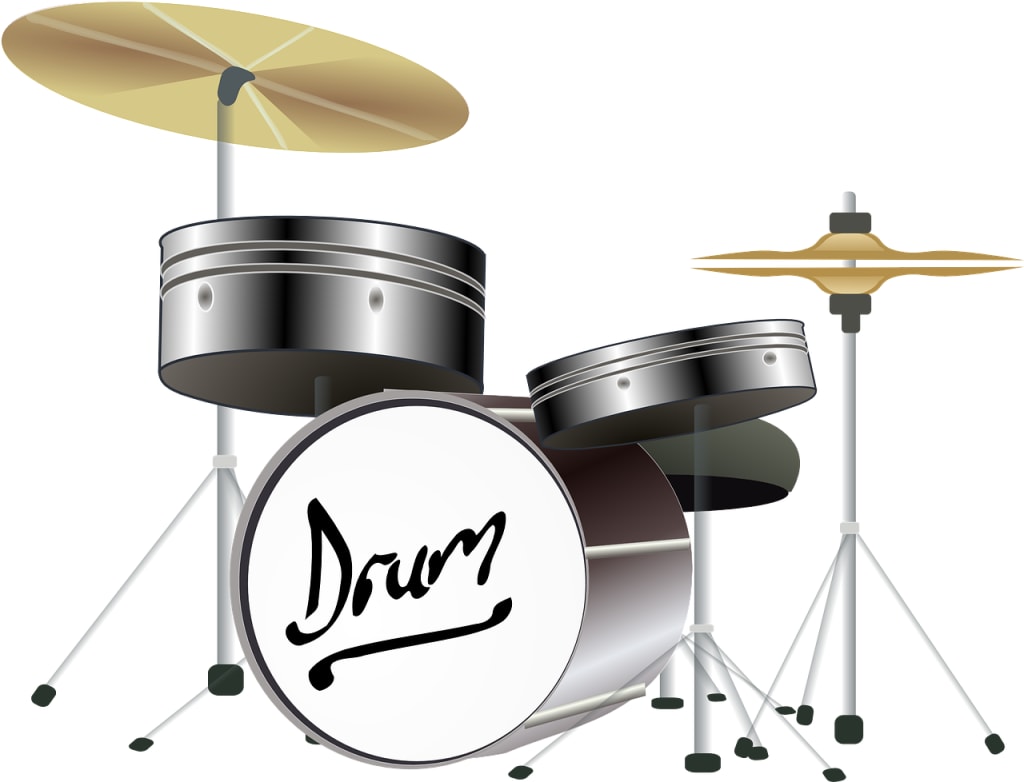How to Make Merch for Artists: A Step-by-Step Guide
In today’s music and art scene, merchandise plays a crucial role in an artist’s career.

In today’s music and art scene, merchandise plays a crucial role in an artist’s career. Not only does it provide an additional revenue stream, but it also helps build a stronger connection with fans. This article provides a detailed, step-by-step guide on how to create and market merchandise for artists. By understanding the essential elements of designing, producing, and selling merch, artists can create products that resonate with their audience and enhance their brand.
Merchandise is more than just a way to make money; it’s a way to extend your artistic vision beyond your primary medium. Whether you’re a musician, painter, illustrator, or any other type of creative, having a successful merch line can elevate your career. From brainstorming ideas to finalizing production and marketing your products, this comprehensive guide covers everything you need to know to get started.
1. Identifying Your Market
Understanding Your Fan Base: Before you start designing merch, it’s crucial to understand who your fans are and what they want. Conduct surveys, engage with your followers on social media, and pay attention to what products they are already buying. Knowing your audience will help you create merchandise that appeals to them and meets their needs.
Conducting Market Research: Look at what other artists in your genre or field are doing. Analyze their merch lines to see what’s popular and what gaps you can fill. Market research helps you identify trends and opportunities, ensuring that your products are both unique and in demand.
2. Concept Development
Brainstorming Merch Ideas: Start by brainstorming a wide range of ideas. Think about how your art can be translated into different products. Create mood boards and sketches to visualize your concepts. Consider items like t-shirts, hoodies, posters, stickers, and more unique offerings like custom jewelry or limited-edition prints.
Creating Mood Boards and Design Concepts: Mood boards are a great way to gather inspiration and refine your ideas. Collect images, colors, and styles that resonate with your brand. Use these boards to guide your design process and ensure your merch is cohesive and visually appealing.
3. Design and Prototyping
Collaborating with Designers: If you’re not a designer yourself, consider collaborating with a professional. A skilled designer can help bring your vision to life and ensure your designs are print-ready. Look for designers with experience in creating merch and a portfolio that aligns with your aesthetic.
Creating Prototypes and Getting Feedback: Before going into full production, create prototypes of your merchandise. This allows you to see how your designs translate to physical products and make any necessary adjustments. Show these prototypes to trusted friends or colleagues and gather feedback to refine your designs.
4. Production Planning
Choosing the Right Production Method: Decide whether to use print-on-demand services or traditional manufacturing. Print-on-demand services like Printful, Redbubble, and Teespring allow you to produce items as they are ordered, reducing upfront costs. Traditional manufacturing, on the other hand, offers lower per-unit costs but requires a larger initial investment.
Finding Reliable Manufacturers: If you opt for traditional manufacturing, finding a reliable manufacturer is crucial. Look for manufacturers with experience in producing the type of merchandise you want to create. Request samples to ensure the quality meets your standards and establish clear communication about your expectations and deadlines.
5. Setting Up Sales Channels
Online Stores and Marketplaces: Setting up an online store is a great way to reach a wide audience. Platforms like Shopify, Etsy, and BigCartel offer user-friendly interfaces for creating your store. Consider using multiple sales channels to maximize your reach, including social media shops on Instagram and Facebook.
Physical Sales at Events and Gigs: In addition to online sales, consider selling your merch at events, gigs, and art shows. Having a physical presence allows fans to see and purchase your products in person. Invest in a portable display setup and ensure you have a variety of products on hand.
6. Marketing Your Merchandise
Leveraging Social Media Platforms: Use social media platforms to promote your merchandise. Share high-quality photos and videos of your products, and create engaging posts that tell the story behind your designs. Use hashtags to reach a wider audience and run targeted ads to boost visibility.
Email Marketing Campaigns: Building an email list allows you to directly communicate with your fans. Send regular newsletters to keep them informed about new merchandise, special offers, and upcoming events. Offer exclusive discounts to your email subscribers to incentivize sign-ups.
7. Managing Logistics
Inventory Management: Efficient inventory management is crucial for meeting customer demand without overstocking. Use inventory management software like TradeGecko, Stitch Labs, or even simple tools like Google Sheets to keep track of stock levels, sales, and reordering schedules. Regularly review your inventory to identify popular items and slow movers.
Shipping and Fulfillment: Partner with reliable shipping carriers and consider offering multiple shipping options to meet different customer needs. Provide tracking information and clear communication about shipping times. Have a clear return policy in place and ensure your customer service is responsive and helpful. Consider using fulfillment services if managing shipping logistics becomes too complex.
8. Financial Planning
Budgeting for Production and Marketing: Creating and marketing merch requires a budget. Estimate your production costs, including materials, manufacturing, and shipping. Allocate funds for marketing campaigns, social media ads, and collaborations. Keep track of all expenses to ensure you stay within your budget and adjust your strategy as needed.
Setting Prices for Your Merchandise: Pricing your merchandise can be tricky. You need to cover production costs and make a profit while ensuring your prices are reasonable for your audience. Research similar products in your market to get an idea of competitive pricing. Consider offering tiered pricing or bundles to encourage larger purchases. Don’t forget to factor in shipping costs and taxes.
9. Engaging with Your Audience
Building a Community Around Your Merch: Your fans are your biggest advocates, and engaging with them can boost your merch sales. Host live streams, Q&A sessions, and behind-the-scenes content to create a personal connection. Encourage fans to share photos of them wearing or using your merch and feature these on your social media. User-generated content is a powerful marketing tool that can build a sense of community.
Hosting Giveaways and Contests: Hosting giveaways and contests can create excitement around your merch and encourage engagement. Offer exclusive discounts or early access to your most loyal fans. Engaging events and promotions not only drive sales but also strengthen your relationship with your audience.
10. Analyzing Sales and Feedback
Tracking Sales Data: Analyzing your sales data can provide valuable insights into your business. Use tools like Google Analytics and the analytics features of your sales platform to track your performance. Identify trends, such as which products are most popular and when your sales peak. This information can help you make informed decisions about future designs and marketing strategies.
Using Feedback to Improve Products: Feedback from your customers is invaluable for improving your merchandise. Encourage reviews and listen to what your customers have to say. Positive feedback can be used in your marketing, while constructive criticism can guide your improvements. Continuously refine your products based on customer feedback to ensure you’re meeting their needs and expectations.
Conclusion
Creating merchandise for artists involves understanding your market, designing unique products, and effectively marketing them. By following these steps, you can build a successful merchandise line that resonates with your fans and supports your artistic career. Start with a clear vision, plan your production carefully, and engage with your audience to create products that they will love and cherish. Merchandise is not just about selling products; it’s about building a deeper connection with your fans and expanding your artistic reach.
Creating merch is a journey that combines art and business. It’s an ongoing process that requires continuous learning and adaptation. By staying true to your artistic vision and understanding your audience, you can create products that your fans will love and cherish. Don’t be afraid to experiment and try new things. The world of artist merchandise is vast, and there’s always room for creativity and growth. Embrace the process, stay persistent, and enjoy the journey of bringing your art to life through merchandise.
About the Creator
Enjoyed the story? Support the Creator.
Subscribe for free to receive all their stories in your feed. You could also pledge your support or give them a one-off tip, letting them know you appreciate their work.






Comments
There are no comments for this story
Be the first to respond and start the conversation.